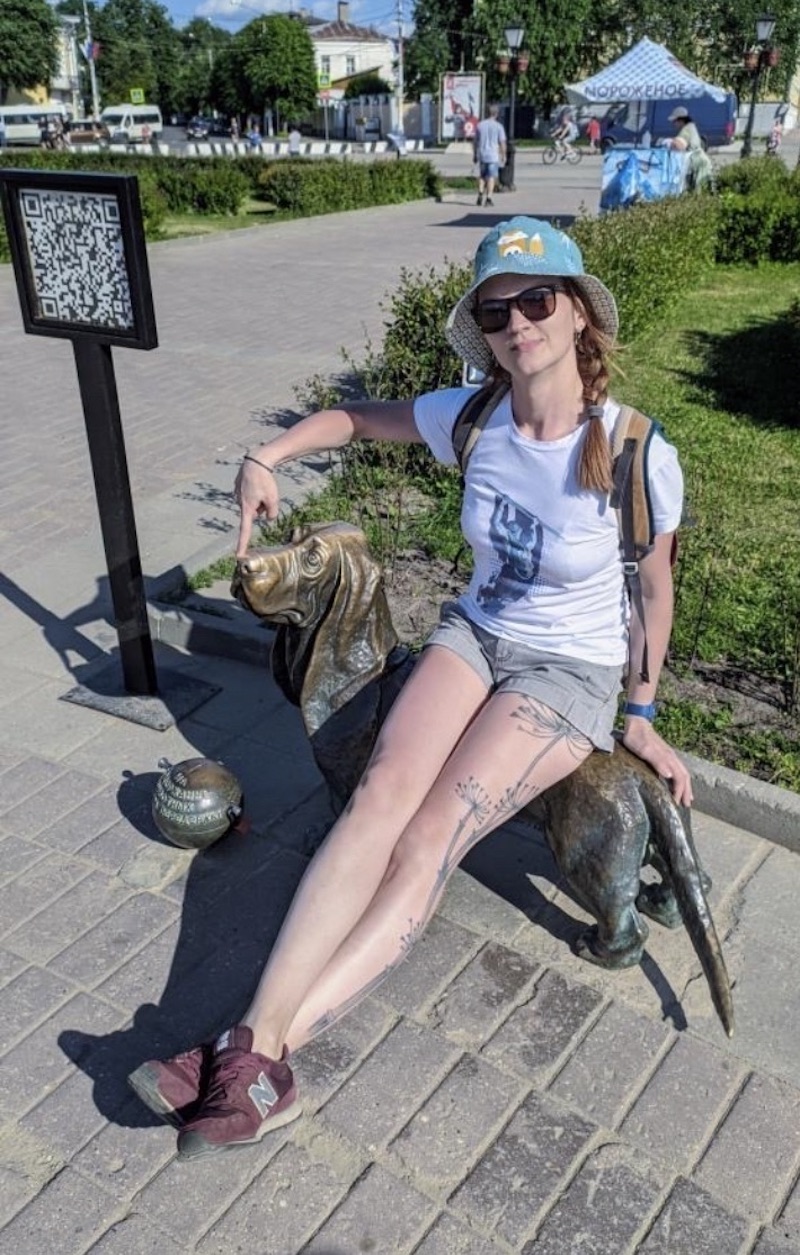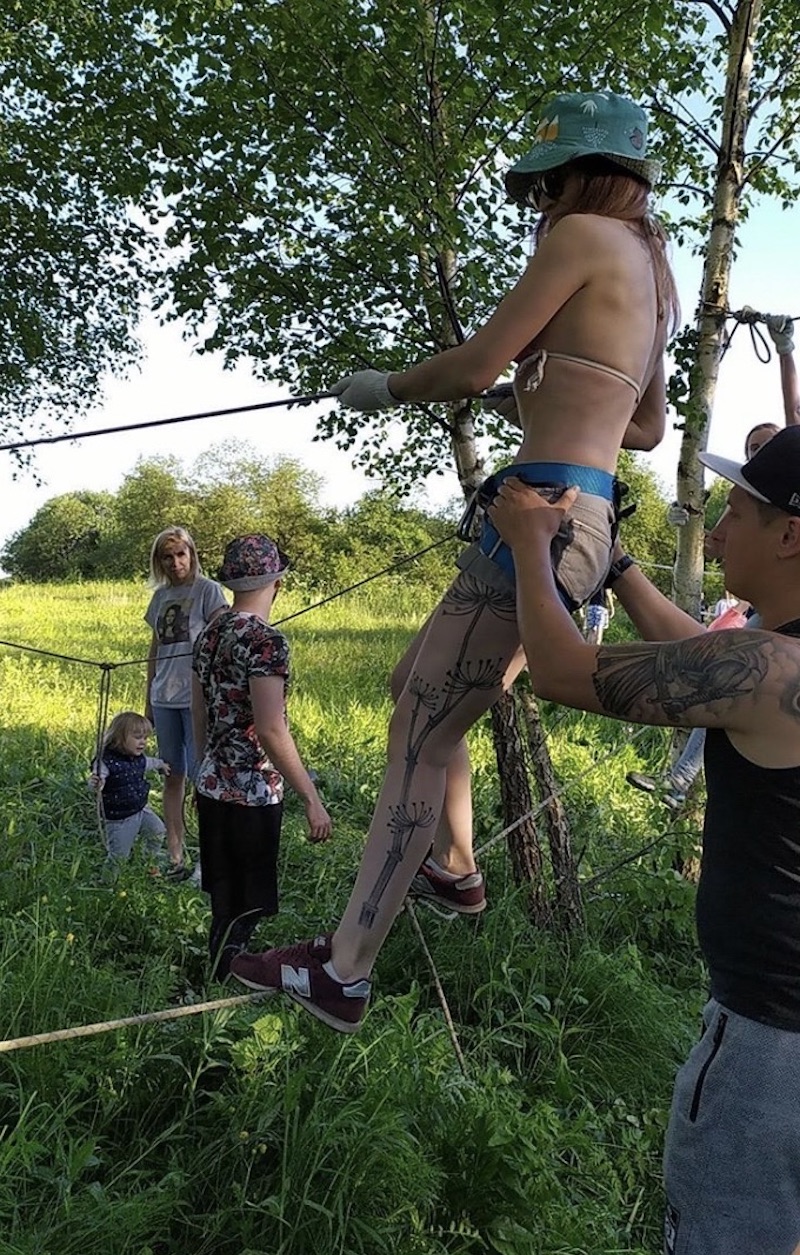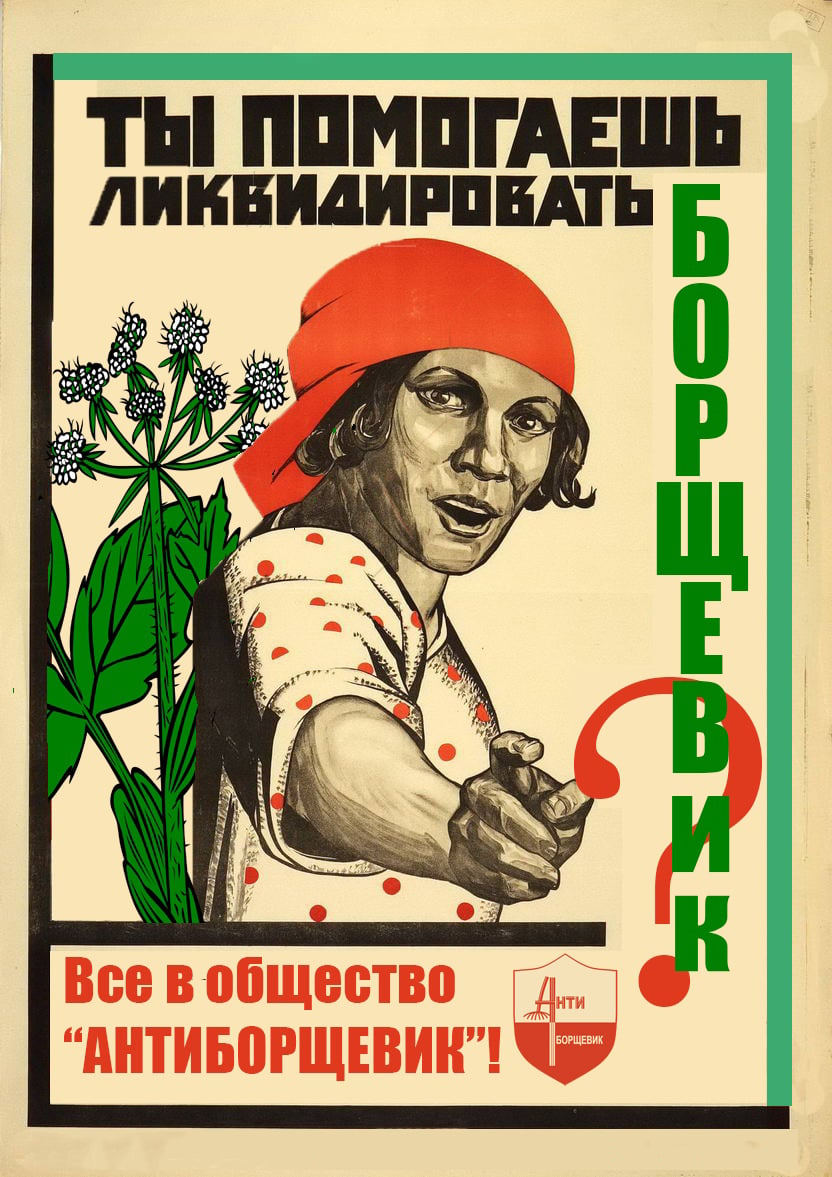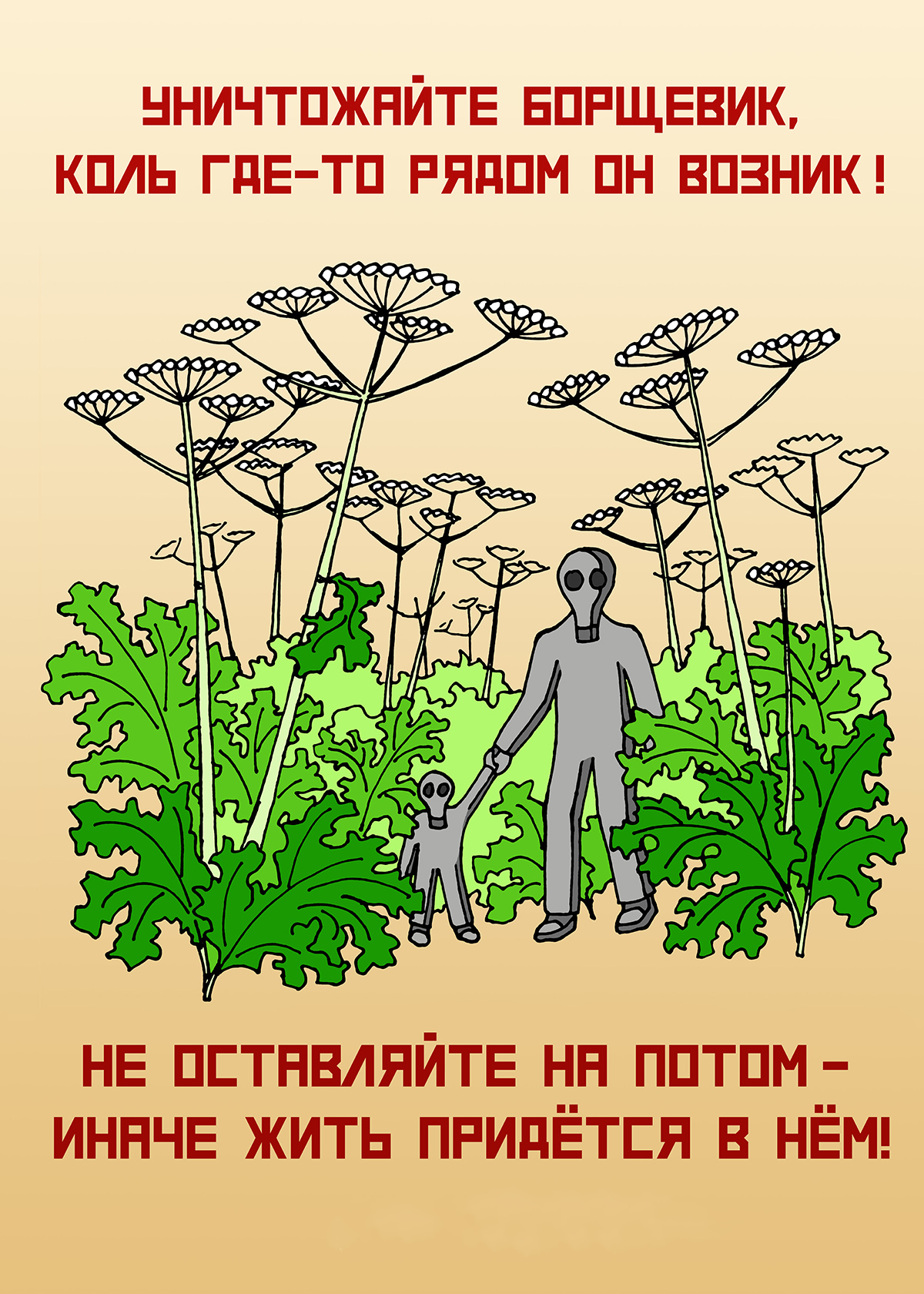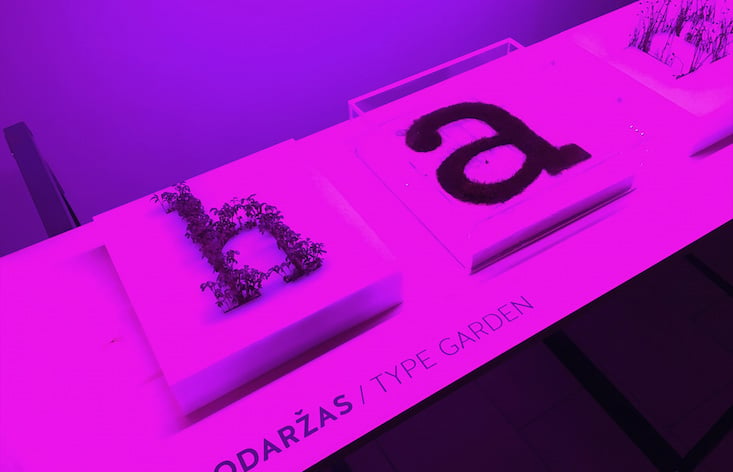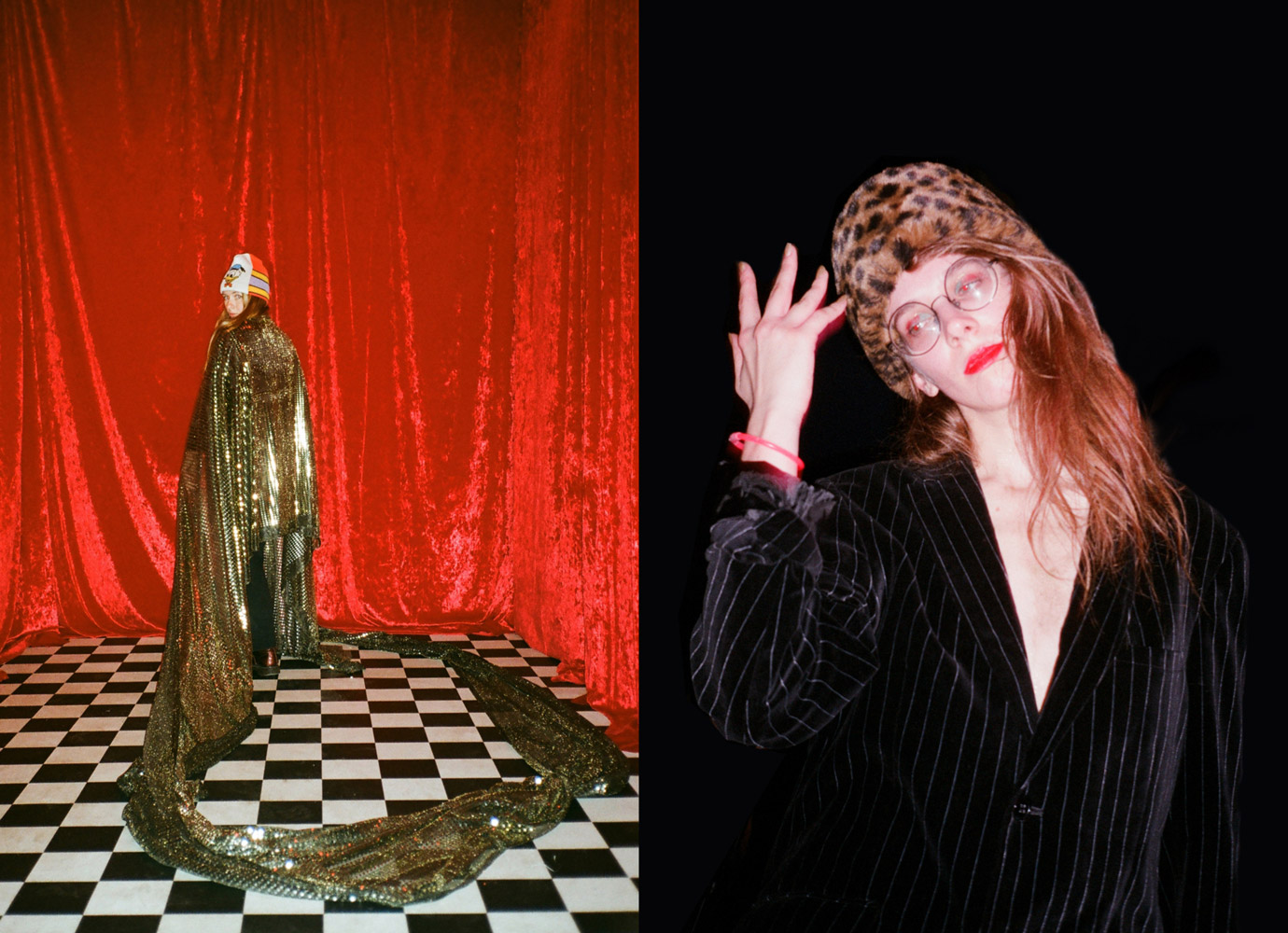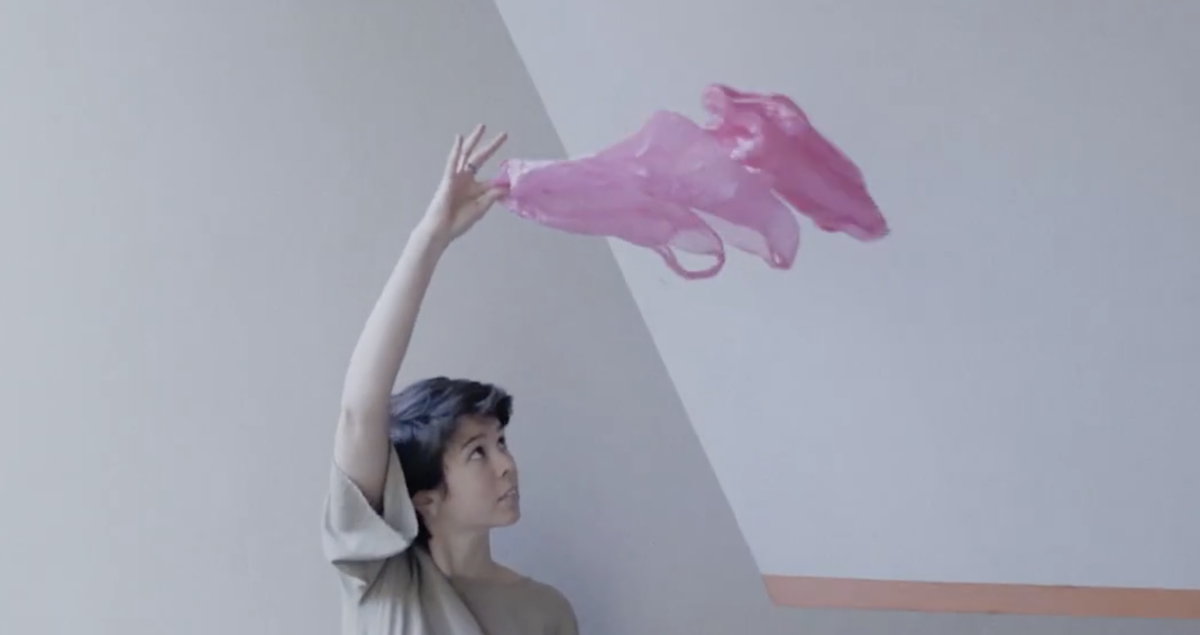Can creativity kill the toxic plant known as Stalin’s Revenge?
When the Soviets imported borshevik from the Caucuses to European Russia, they unwittingly created an environmental disaster. Beloved by some and hated by others, a new generation of artists is now taking on the toxic plant.
Drive down Russia’s country roads in winter and you’ll see the bare skeletons of borshevik: plant stems which crop up from the snow like the interior metal frame of towering umbrellas. In the spring, these umbrellas transform into fluffy white flowers, turning fields into jungles. Borshevik, aka Giant Hogweed, aka Cow Parsnip, aka Heracleum Sosnovsky, can grow up to four metres tall — and if it looks strangely out of place in a Russian ecosystem, then that’s because it is. Indigenous to the Caucasus region, borshevik was introduced to Russia in the hungry post-war years as a means to feed cattle, with its lush foliage and aggressive growth. But this Soviet attempt to outsmart nature, like scores of similar interventions, went radically wrong. Left unchecked, the tenacious invader now covers hundreds of thousands of hectares in Russia, Eastern Europe, and the Baltics, crowding out all other plants and turning roadsides, fields, and riverbanks into borshevik deserts. While primarily a rural problem, borshevik has crept even into the heart of Moscow and St Petersburg.
Unsuspecting Instagrammers hoping to pose with gigantic flowers can come away seriously injured
Critically, borshevik is also poisonous. The juice of the plant contains photo-toxic chemicals, which react to the sun and can cause third-degree burns. Removing borshevik usually features people in full hazmat suits, giving the process an air of nuclear Armageddon. Unsuspecting Instagrammers hoping to pose with gigantic flowers can come away seriously injured. It is no surprise that borshevik bears the nickname “Stalin’s Revenge.”
The problem is, however, that quite so many people are willing to get up and close to borshevik. Reactions to the plant are far from universally negative, and Russians have found plenty of ways to make the plant their own. The Instagram hashtag #borshevik contains thousands of photographs of Russians drawing, painting and, in many cases, posing next to the plants which dominate their landscapes.
Both beautiful and deadly, it is perhaps no surprise that borshevik has found itself transformed into an unlikely artistic muse. Moscow’s Theatre Et Cetera placed the plant at the heart of its 2019 reimagining of the play Blissful Island. Written almost 100 years ago, Mikola Kulish’s story follows a father and seven daughters who retreat from the burdens of the Bolshevik Revolution to their proverbial “blissful island”. But in the second act, their home becomes overgrown with borshevik, symbolising the new regime’s ability to extend its reach to Russia’s furthest reaches. What is especially interesting about this contemporary spin is that borshevik didn’t arrive in Russia until the late 40s; the playwright himself would never have encountered it.
But the plant carries significance for the 21st century audience. Nail artists such as Katerina Storchak from Omsk and Elena Pavlin from Moscow demonstrate their dexterity with a nail brush by detailing hands with tiny glittery borshevik stems.
Another young woman, Marina Vashak, a small business owner from Yarsolavl, found such inspiration in borshevik that she decided to tattoo its likeness along the length of her entire leg. “If there’s ever a terrible disaster that wipes out all life, there will be three things that survive: rats, cockroaches, and borshevik,” Marina tells me. The tattoo is a constant reminder to embody that hardiness. A common theme in borshevik memes is that those who complain about this or that have clearly never had to contend with borshevik. Borshevik’s resilience has carved out a place in a Russian national identity that takes pride in strength and perseverance.
But if social media has brought borshevik appreciators together — if only for the sake of their latest photoshoot — is has also become the battleground for gardeners and grassroots activists who have made it their mission to educate their neighbours and push back against what is quickly amounting to a major ecological disaster.
Chief among them is Maria Popova, a maths teacher who was dismayed by the spread of borshevik to the village she loved as a child. Fighting borshevik became a second job, eventually leading to the creation of ANTIBORSHEVIK in 2015. Now, the social media group makes YouTube videos, shares memes, uses GIS mapping to track the plant’s spread, and organises people to literally take their shovels and root borshevik out of the ground. While in the beginning, according to Popova, she was unable to get much traction with local authorities, since then activists all over Russia have banded together to write letters, meet with officials, create programs to defend biodiversity, and reclaim their land.
According to Popova, one of the biggest challenges in combatting borshevik on a large scale is apathy. “Many people,” she says, “believe that it’s not a problem, that there are other problems which need solving, but in fact those are the people who haven’t encountered borshevik, either because they don’t live near it, or there are people in Moscow, for example, who just walk on asphalt from home to work and work to home, and they don’t see what’s really happening in the country. But borshevik has already appeared in Moscow in the parks. All the same, they just walk by and don’t see it. For them the problem doesn’t exist.” Aside from shovels and pruning shears, artistic expression is one of the most powerful tools anti-borshevik actors have in their arsenal. Online activist group Fabrika Borshevik hopes to educate people about not only the dangers of the plant, but also its uses. In its collaboration with the State Darwin Museum, the group has sponsored art shows, community theatrical productions, and an art contest, all to highlight the creativity surrounding borshevik and raise awareness of its threat.
But perhaps Fabrika Borshevik’s most successful strategy has been encouraging others to use the plant. Borshevik’s abundant biomass and bamboo-like stems have great potential as raw materials for a variety of products, including cardboard and even sugar. Its sugar content is as high or higher than in beets, although the process for distilling sugar is laborious. It is also a possible source for biofuel. In 2019, Russian scientists used the electrode-producing chemicals in borshevik stems to make batteries that work just as well as traditional ones, raising hopes that this ecological disaster can be turned eco-friendly.
In order to seriously make a dent in borshevik, using the plant would have to take place on a large industrial scale. But in the meantime, borshevik provides inspiration and materials for cottage industry. Brands such as the Roman Kleimenburg Workshop in St Petersburg have created samples of borshevik printed on wallpaper. Anna Lebedeva, aka Nordgrass, a florist from Moscow with more than 19,000 followers on Instagram, redefines borshevik’s relationship to other plants with her creative design. By planting succulents in hollow borshevik stems, she turns the enemy of biodiversity into a home for other living things.
In the northern Republic of Komi, artist Varya Listopad takes the long stalks of borshevik and turns them into rain sticks, or as they’re called in Komi, zer pu. She harvests the stalks in the springtime, before their poisonous qualities kick in, and uses only natural, environmentally-friendly components to turn the deadly plant into an outlet for creative energy. She then decorates each zer pu with a unique traditional Russian or Komi-inspired designs. “Looking at lush, poisonous borshevik, the idea of creating a musical instrument out of it grew stronger in me, with the thought that, although it’s just a small step, I might help the environment of my village,” says Listopad. “Yes, it’s not in my power to completely rid everyone of dangerous borshevik, but nevertheless, I can transform it and give it some sort of purpose.”
Artist Varya Listopad and her zer pu. Image: Sergey Parshukov
Yet while borshevik continues to grow unchecked, such creative efforts will always hold a bitter edge. The village of Shutilovo, located about 200 km south of Nizhny Novgorod, now combines borshevik into its ancient folk rituals — ceremonies which still go strong despite former Soviet efforts to forcibly modernise the peasantry. One ceremony involves mock-funerals for scarecrow-like dolls, where villagers improvise laments for their “fallen friends”, who are then ripped apart by village children in order to bring a good harvest. While causes of death have traditionally included illness, heartbreak, and even witchcraft, in 2019, the tragicomedy revolved around the failure of the local authorities to cut back the borshevik that surrounded their homes, resulting in the fictitious death of a straw villager. The raucous laughter of Shutilovo villagers rang out across a borshevik jungle. The borshevik problem can be remediated with humor — but only for so long.
